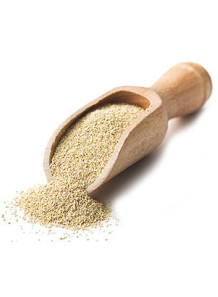Milk Stout / Belgian Beer Brewing Yeast (14% Alcohol)12g
Food
Code: 31851
Milk Stout / Belgian Beer Yeast (Alcohol 14%)12g
Cart
No products
Subtotal:
0.00
Total
0.00
THB



